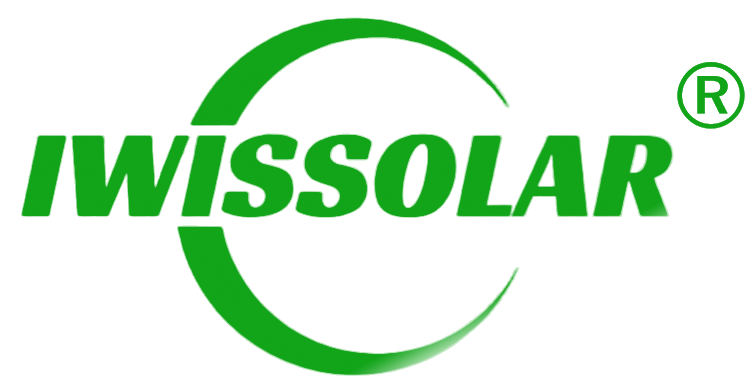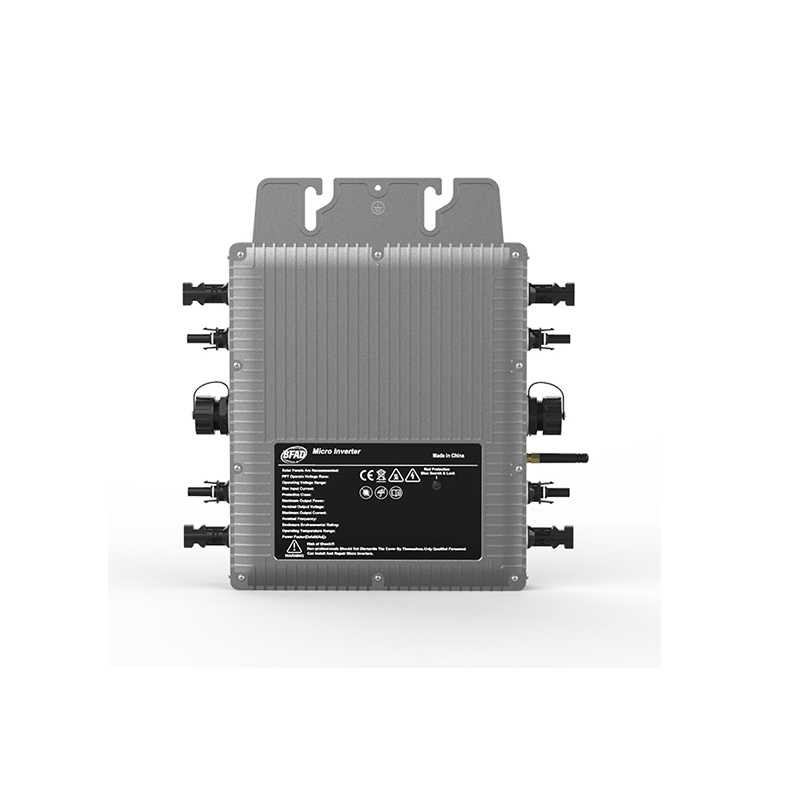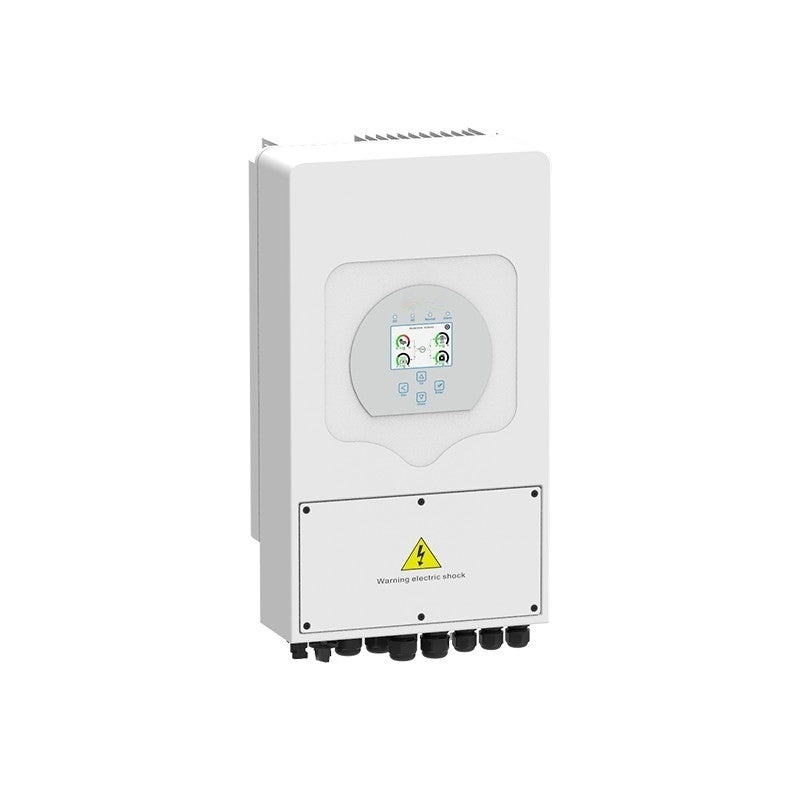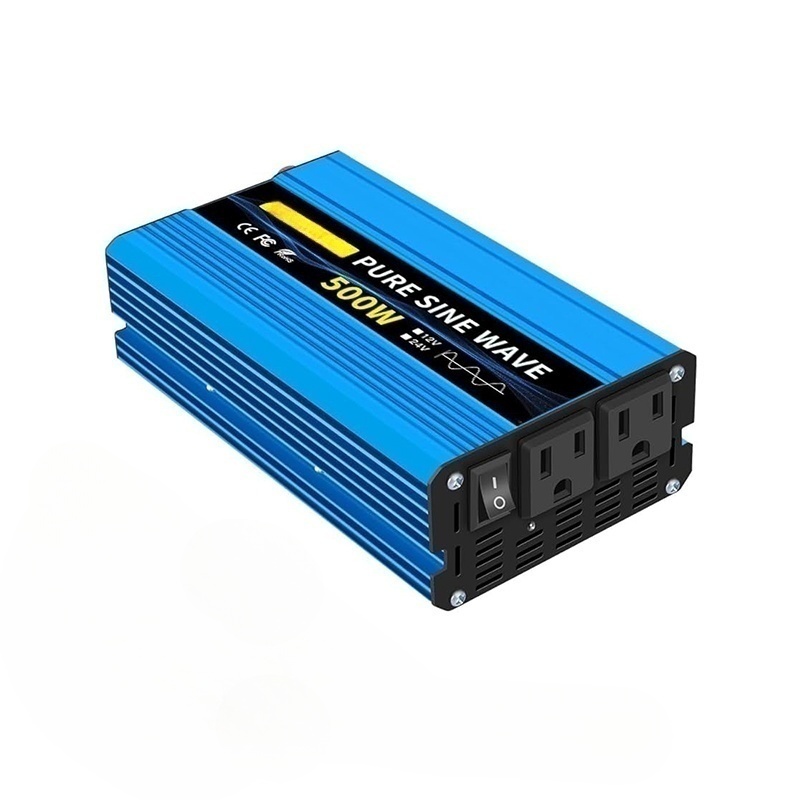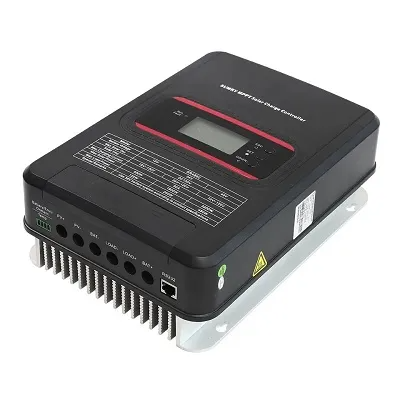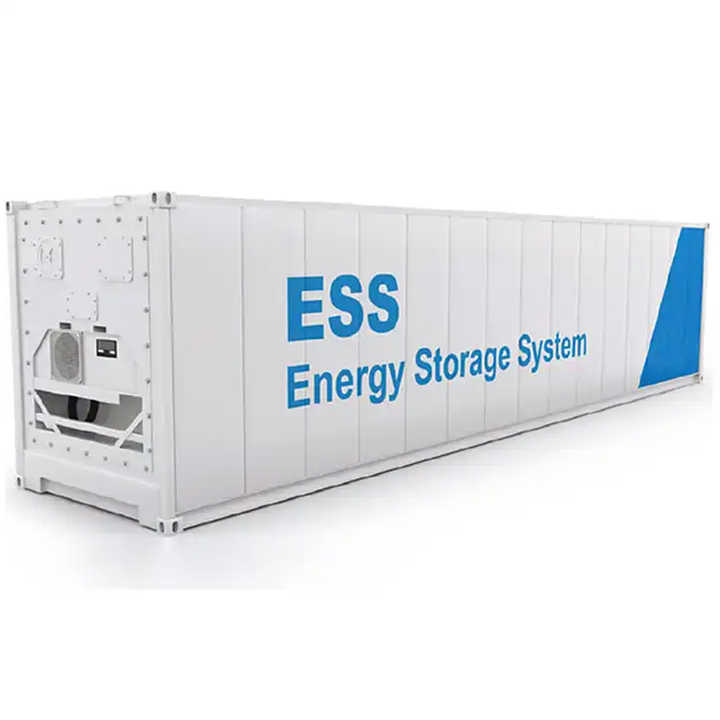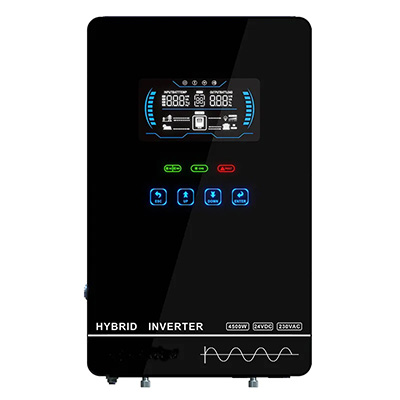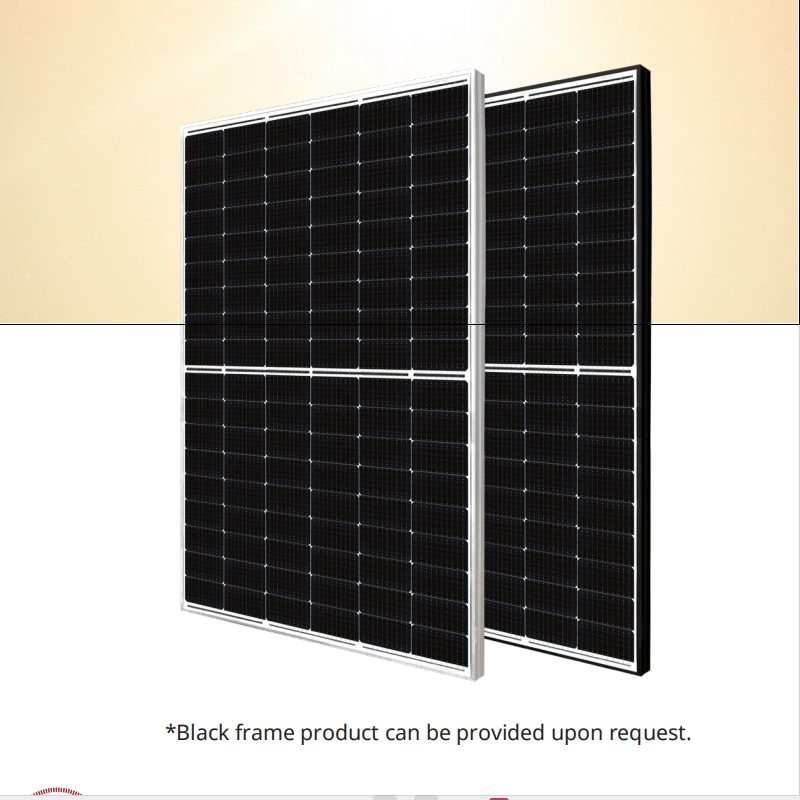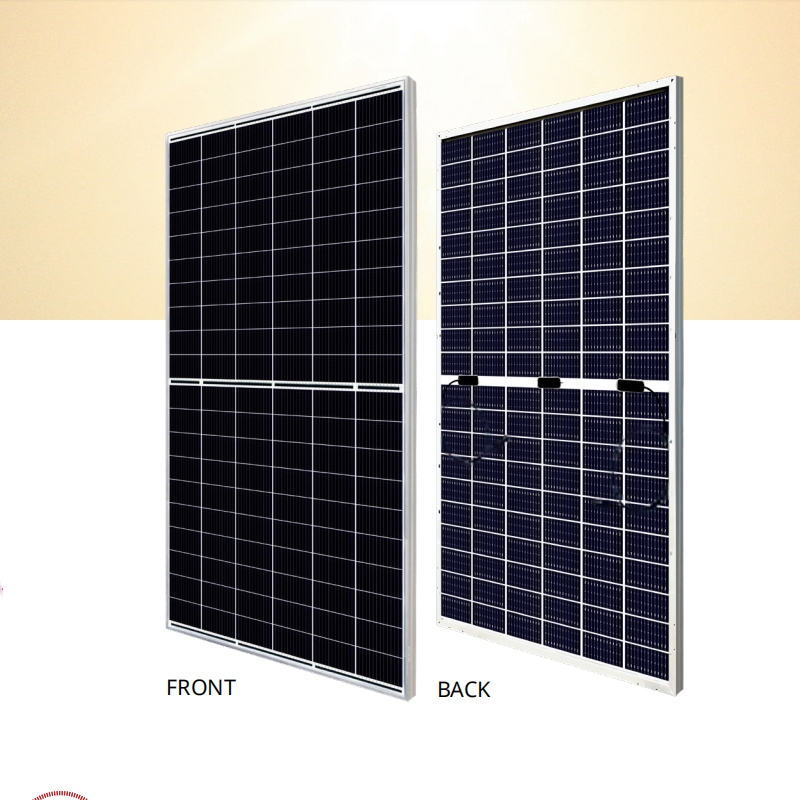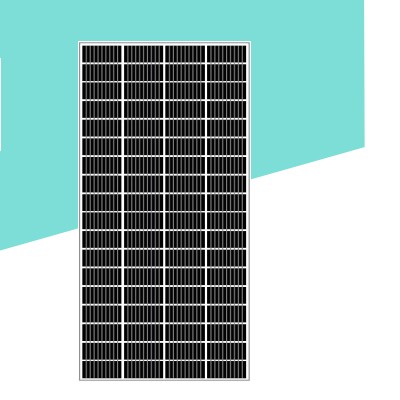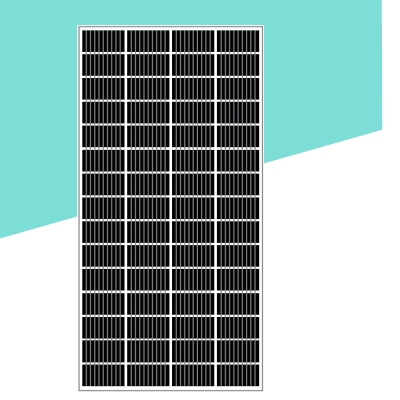How to Choose the Best Solar Inverter Manufacturer (Quality vs. Cost)
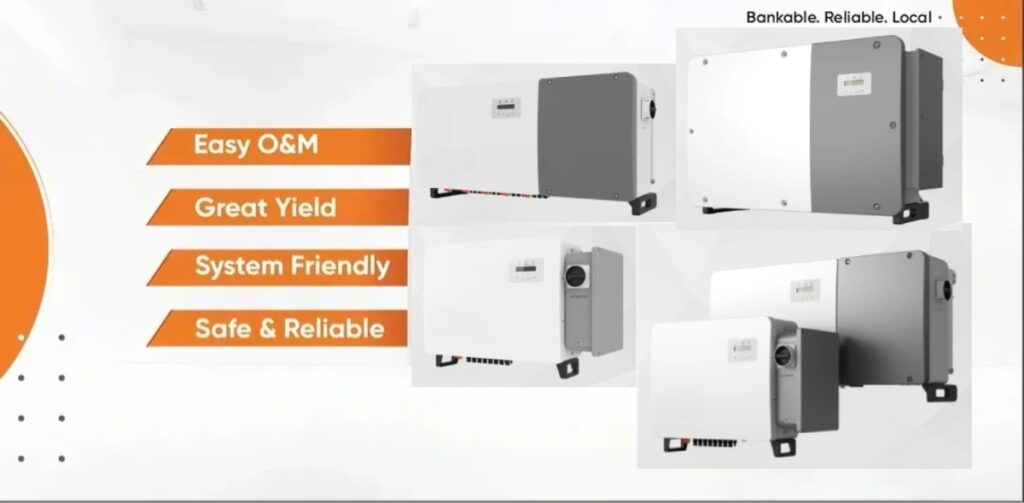
When it comes to building an efficient and reliable solar power system, selecting the right solar inverter manufacturer is a critical decision. A solar inverter is the heart of your solar setup, converting the direct current (DC) electricity generated by your solar panels into alternating current (AC) electricity that powers your home or business. With countless manufacturers on the market, how do you choose the best one? It’s not just about finding the cheapest option or the most feature-packed model—it’s about striking the perfect balance between quality and cost. In this comprehensive guide, we’ll explore everything you need to know to choose a solar inverter manufacturer that delivers top performance and excellent value. From understanding quality factors to evaluating costs and beyond, this blog post will equip you with the knowledge to make an informed decision.
Table of Contents
TogglePart 1. Iwis Solar Manufacturers in China
Custom Solar Products For Your Industries
Part 2. What Is a Solar Inverter and Why Does the Manufacturer Matter?
Before diving into the selection process, let’s clarify what a solar inverter does. Solar panels capture sunlight and produce DC electricity, but most appliances and the electrical grid use AC power. The solar inverter bridges this gap by converting DC to AC, ensuring your solar energy is usable. A high-quality inverter maximizes energy efficiency, enhances system reliability, and can even extend the lifespan of your solar setup.
The manufacturer you choose directly impacts the inverter’s performance, durability, and overall value. A reputable solar inverter manufacturer will offer products that meet industry standards, provide robust warranties, and deliver consistent support. On the flip side, opting for a low-quality or untested brand could lead to frequent breakdowns, reduced energy output, and costly repairs. Balancing quality and cost is key to getting the most out of your solar investment, and that’s what we’ll focus on in this guide.
Part 3. Understanding Quality in Solar Inverters
When choosing a solar inverter manufacturer, quality should be at the forefront of your decision-making process. But what exactly makes a solar inverter “high-quality”? Let’s break it down by exploring the types of inverters and the key factors that define quality.
Types of Solar Inverters
There are several types of solar inverters, each with its own strengths:
- String Inverters: These connect a series (or string) of solar panels to a single inverter. They’re cost-effective and widely used but can lose efficiency if shading or panel mismatch occurs.
- Microinverters: Installed on each solar panel, microinverters convert DC to AC at the panel level. They excel in shaded conditions and offer higher efficiency, though they come at a higher cost.
- Hybrid Inverters: These support both solar panels and battery storage, providing flexibility for energy independence. They’re ideal for future-proofing your system but are pricier than standard options.
Understanding these types helps you determine which inverter suits your needs, setting the stage for evaluating quality.
Key Quality Factors
Here’s what to look for in a high-quality solar inverter:
- Efficiency: Measured as a percentage, efficiency indicates how much energy is retained during conversion. Top-tier inverters often exceed 95%, with some reaching 98% or higher. Higher efficiency means more usable power and less waste.
- Reliability: A reliable inverter performs consistently with minimal downtime. Look for models with low failure rates and the ability to handle environmental stressors like heat, cold, or humidity.
- Durability: Check the build quality—robust materials like aluminum enclosures and advanced cooling systems enhance longevity. A durable inverter can withstand years of outdoor exposure.
- Advanced Features: Quality inverters often include extras like remote monitoring via Wi-Fi, grid support capabilities, and safety mechanisms. These features improve usability and system performance.
For example, a premium string inverter might boast 98% efficiency, a weatherproof design, and built-in monitoring, while a high-end microinverter could optimize each panel’s output to overcome shading challenges. Prioritizing these quality traits ensures your solar system runs smoothly for decades.
What Other Solar or Power Products You Want
Custom Solar Products For Your Industries
We provide custom solutions to all our customers and offer free consulting or samples that you can take advantage of.
Part 4. Evaluating Cost: What Affects Solar Inverter Prices?
Cost is a major consideration when selecting a solar inverter manufacturer, but it’s not as simple as picking the cheapest option. Prices vary based on several factors, and understanding these can help you assess whether a higher upfront cost is worth it.
Average Costs by Type
- String Inverters: Typically range from $1,000 to $2,500, depending on capacity and brand.
- Microinverters: Cost $100 to $200 per unit, with total expenses scaling based on the number of panels (e.g., $2,000–$4,000 for a 10-panel system).
- Hybrid Inverters: Priced between $2,000 and $5,000, reflecting their advanced capabilities.
Factors Influencing Cost
- Brand Reputation: Established manufacturers with proven track records often charge a premium due to their reliability and customer trust.
- Capacity: Larger inverters that handle higher power outputs (measured in kilowatts) cost more.
- Features: Add-ons like battery compatibility, smart grid functions, or integrated monitoring increase the price.
- Warranty: Longer warranties (e.g., 15 years vs. 5 years) can raise the upfront cost but offer better protection.
Cost vs. Quality: A Critical Relationship
A low-cost inverter might seem appealing, but it could lead to hidden expenses—think frequent repairs, lower efficiency, or a shorter lifespan. Conversely, an expensive inverter might include features you don’t need, inflating your budget unnecessarily. To evaluate cost effectively, consider the total cost of ownership: the purchase price plus installation, maintenance, and energy savings over time.
For instance, imagine comparing two string inverters:
- Option A: $1,200, 96% efficiency, 10-year warranty.
- Option B: $1,800, 98% efficiency, 15-year warranty.
While Option B costs more upfront, its higher efficiency and extended warranty could save money and hassle in the long run. This highlights why cost analysis goes beyond the sticker price.
Part 5.Balancing Quality and Cost: How to Find the Sweet Spot
The best solar inverter manufacturer offers a product that aligns with your needs without breaking the bank. Here’s a step-by-step guide to balancing quality and cost:
- Define Your Needs: Assess your solar system’s requirements. Do you have shading issues? Microinverters might justify their cost. Is your setup simple? A string inverter could be sufficient.
- Compare Specifications: Review technical details like efficiency, voltage range, and power output. Ensure they match your panels and energy goals.
- Verify Certifications: Look for standards like UL listing or IEC compliance, which signal safety and performance reliability.
- Research Reviews: Customer feedback reveals real-world performance and manufacturer support. Check forums, websites, and installer recommendations.
- Evaluate Warranties: A 10–15-year warranty reflects confidence in the product and protects your investment.
- Calculate Payback: Estimate how long it takes for energy savings to offset the inverter’s cost. A quality model might have a longer payback but greater long-term value.
- Seek Incentives: Look for rebates, tax credits, or manufacturer promotions to offset costs.
By applying these strategies, you can pinpoint a manufacturer that delivers quality at a reasonable price. The goal isn’t the cheapest inverter—it’s the best value for your specific situation.
Part 6. Other Factors to Consider When Choosing a Manufacturer
Quality and cost are foundational, but other elements play a role in selecting the right solar inverter manufacturer. Here’s what else to keep in mind:
- Warranty and Support: Opt for at least a 10-year warranty, with options to extend. Confirm the manufacturer offers responsive customer service and local repair centers.
- Reputation and Experience: Established brands with years in the industry tend to be more dependable. Research their history, financial stability, and innovation track record.
- System Compatibility: Ensure the inverter works seamlessly with your solar panels, batteries (if applicable), and other components. Some manufacturers design integrated solutions for optimal performance.
- Scalability: Planning to expand later? Choose an inverter that supports additional panels or storage.
- Local Compliance: Verify the inverter meets regional electrical codes and grid requirements, especially for grid-tied systems.
For example, if you’re in a region with strict grid standards, you might need an inverter with advanced grid support. Or, if you foresee adding batteries, a hybrid inverter could save future upgrade costs.
Part 7. Real-World Examples: Applying the Decision Process
Let’s explore two hypothetical scenarios to see how these principles play out:
Scenario 1: Residential System with Shading
- Needs: A homeowner’s roof has tree shade, requiring an inverter that maximizes output.
- Options: A string inverter with power optimizers ($1,500) or microinverters ($3,000 for 10 panels).
- Decision: They choose microinverters. The higher cost is offset by increased energy yield and panel-level monitoring, ideal for shaded conditions.
Scenario 2: Budget-Conscious Commercial Setup
- Needs: A small business wants solar savings on a tight budget.
- Options: A basic string inverter ($1,000) or a mid-range model ($1,600).
- Decision: They select the mid-range option from a reputable manufacturer, offering 97% efficiency and a 12-year warranty—reliable performance within budget.
These examples show how needs, quality, and cost shape the choice of manufacturer.
Part 8. Conclusion: Making the Right Choice for Your Solar Future
Choosing the best solar inverter manufacturer isn’t about chasing the lowest price or the flashiest features—it’s about finding a balance that fits your unique needs. By focusing on quality factors like efficiency and durability, evaluating costs holistically, and considering warranties, reputation, and compatibility, you can select a manufacturer that ensures your solar system thrives for years. Take the time to research, compare options, and consult professionals if needed. The right solar inverter manufacturer will deliver not just a product, but peace of mind and long-term energy savings.
Ready to power up your solar journey? Start exploring manufacturers today and invest in a system that balances quality and cost perfectly!
Custom Solar Products For Your Industries
We provide custom solutions to all our customers and offer free consulting or samples that you can take advantage of.
